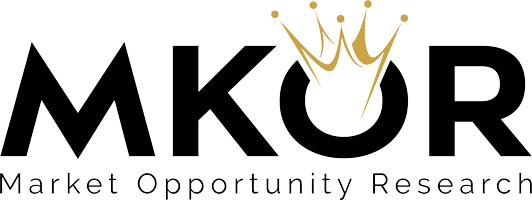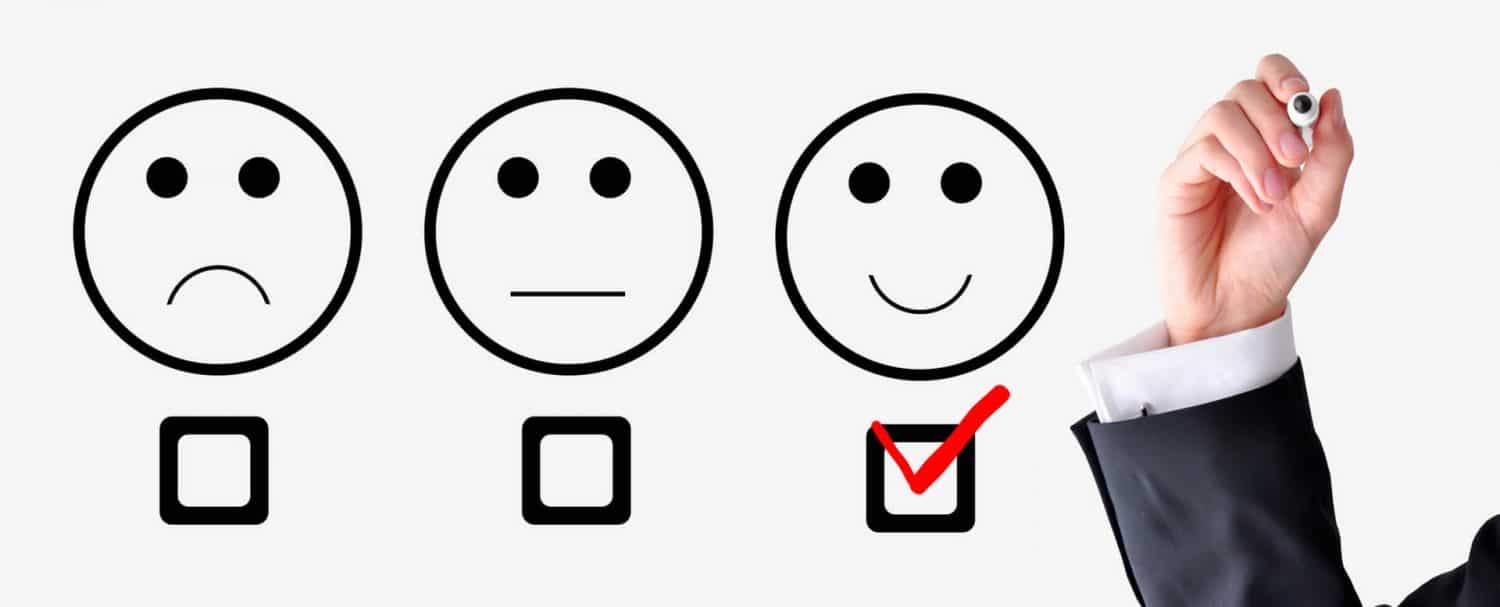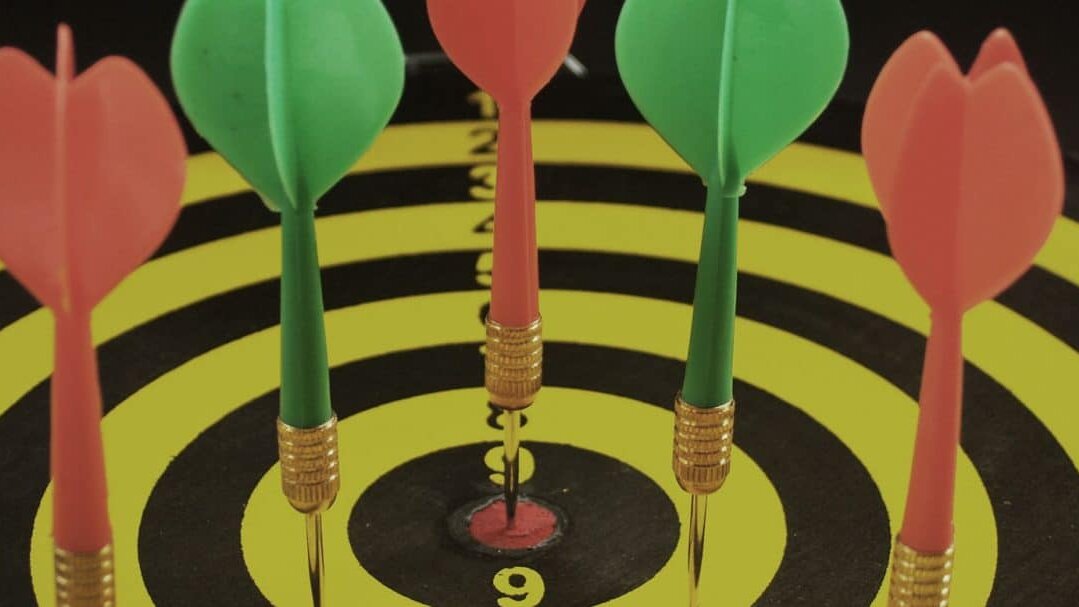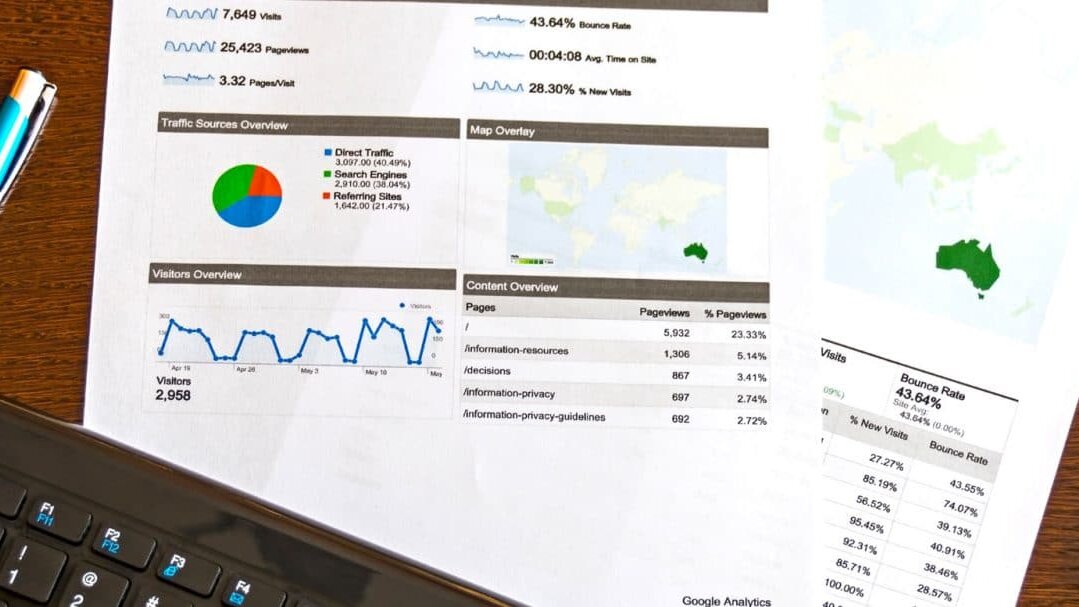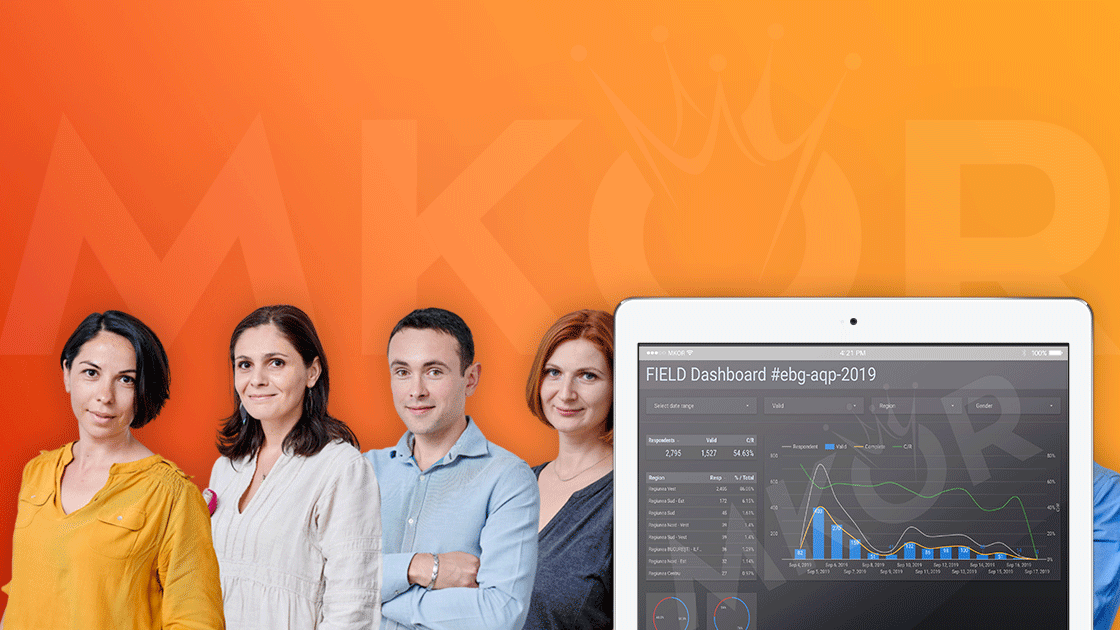Throughout this guide we have talked about General Market Analysis(part 1/3) and Competitive Analysis(part 2/3) as essential parts of a market study.
In this article we talk extensively about Target Audience Analysis, as the last step in carrying out a professional market study.
Read carefully and extract the practical information that applies to your business.
Follow the table for easy navigation or jump directly to the content.
Or..
Contents part 1
- What is a Market Study?
- Why would you do market research?
- When to do Market Research?
- What is the first step? General Market Analysis
- Sectoral Study
- The potential of the Market
- Trends and Tendencies
- Competitor Analysis, Porter’s 5 Forces
- The importance of market contextualization
- Resources used in documentation
- Who can do market research?
- Study models
- Do you need the expertise of specialists?
Contents part 2
- Next Step: Competitive Analysis
- Competitive analysis always positions you one step ahead
- How is competition analysis done?
- Questions to ask
- Steps to follow
- How many competitors should an analysis include?
- How do you get competitive intelligence?
- Market research using Google tools
- Evaluation of competitors’ risk factors
- SWOT analysis
- Study models
- Do you need the expertise of specialists?
Conținut
Target Audience Analysis
Target audience analysisis also known as target market analysisor consumer profiling. Along with the other two types of analysis already explained, the general market and the competition, the analysis of the target audience is essential to the construction of the business plan.
By analyzing your target audience, you will be able to identify your customers and their needs, which will help you develop products and services that meet or even exceed their expectations. You can use audience analysis not only to identify potential customers, but also to get to know your existing customers better.
You can find out the answers by researching why people buy certain products, by what method they purchase them, how often they buy these products and under what circumstances they make purchase decisions.
This type of information will help you increase sales, develop customer loyalty and expand your business.
An analysis of the consumer profile helps you not only to optimally develop your product, but also how to position yourself better on the market and sell better. In order to position yourself as correctly as possible in the market, it is advisable to find out, first of all, information about the demographic profile of consumers, such as age, geographic location, gender, income and purchasing habits.
Consumer analysis is carried out by means of information obtained from the buying decision-making process that each consumer goes through. The purchase decision is a psychological process, which means that it is not necessarily a conscious one.
The process of making the purchase decision
The process of making the decision to buy a product is structured in several stages.
The customer goes through these stages every time they want to buy something. A common approach to such a process assumes from the outset that a customer does not have the time to research before making a purchase.
This means that economic decisions do not always have a rational motivation. For example, there are many products on the market that contain exactly the same ingredients, but consumers clearly prefer a particular brand. How many times have you thought about replacing Nurofen with a generic drug?
Why are consumers willing to pay 10 times more for the same product? What motivates them?
In a competitive market, finding out the answers to these questions means having a consumer analysis that brings added value to your business.
Stages of the Purchase Process
Finding the problem
This is the stage considered the most important in the buying process: a potential consumer detects either a need that needs to be satisfied or a problem that requires a solution.
That need or problem can be internally motivated, such as the need to eat or get rid of a headache, or it can be externally motivated through strategic advertising – the consumer identifies a need they were not aware of until that moment.
Searching for information 
After identifying the problem, the prospect starts looking for information on how to solve their problem. In this stage he or she will look for products or services are on the market.
What you, as a business owner, can do is meet potential customers with strategically placed advertising.
Evaluation of alternatives
At this stage, the consumer evaluates needs and wants against what he finds on the market and how much it costs.
The consumer will set a grid and look for products that correspond as closely as possible to the set standards. It is important to know this stage in order to know how to position yourself against the competition.
Making the decision
This is the stage where the customer makes the purchase. An individual customer will look at value for money, while an industrial customer will also consider other factors such as payment terms, delivery schedule and reliability.
Post-purchase evaluation
In this last stage, the customer evaluates the purchased product or service. Did he solve his problem with this purchase? Did it live up to expectations? Was it worth the price paid? Will you buy this product again? This type of information is important to gain customer loyalty and achieve organic promotion.
Consumer analysis
Establishing customer needs and expectations
To build a customer base, you first need to determine what their needs and expectations are. In other words, you need to find out what are the main reasons behind the purchase. What are they looking for in the product and service they buy? Does the product solve a problem or fulfill a desire?
Answering these questions will give you insight into the psychological motivations behind the intention to purchase your product or not. Thus, you will be able to establish a plan of action to encourage customers to come to you instead of your competitors.
It is also advisable to find out if potential customers are willing to wait for delivery or prefer to receive the product immediately. This will help you map out both your production strategy and your go-to-market strategy.
Other factors you can consider are: customers’ preference for quality or quantity, how much they are willing to pay for your offer, and whether they intend to ask for certain guarantees.
Attracting customers
What’s the best way to attract new customers and keep them coming back? To answer this question, you first need to find out who wants to buy your product or service. In specialist terms, that person is called the originator of the purchase. The originator is not always the equivalent of the customer (beneficiary).
A good example is the gadgets that teenagers want all the time. They are the initiators, but they will not make the final purchase. Therefore, your mission is to attract both of them simultaneously. How do you do this? Consumer analysis will help you establish a marketing strategy that also addresses this aspect.
Another thing you should consider when you set out to attract new customers is the answer to the question What is the brand message and how can the product or service offered solve the problem, need or desire of the potential customer?
To answer this question you need a well-tuned customer service to listen carefully. How satisfied are customers with your product? To answer this question, find out how much and how your product makes their daily activities easier.
If you have the opportunity to create connections between the product and an emotion, it is recommended to do so. Think of items from major sportswear manufacturers such as Nike. Brand loyalty is more than satisfying needs.
The important thing is to determine how customers measure satisfaction and success. If your product is good value for money, then it will almost certainly sell itself.
How to win customer trust and loyalty
Trust is earned by providing real information to support your product pitch. If you offer a special ingredient, promote what makes it different from what’s already on the market. If the product has passed certain tests, then you can include the test results in your marketing materials.
It would be good to offer an incentive to convince potential customers to try your product instead of what they are used to. Be prepared to offer initial discounts, and if you’re confident in the quality of your product, you’ll ensure those customers will come back.
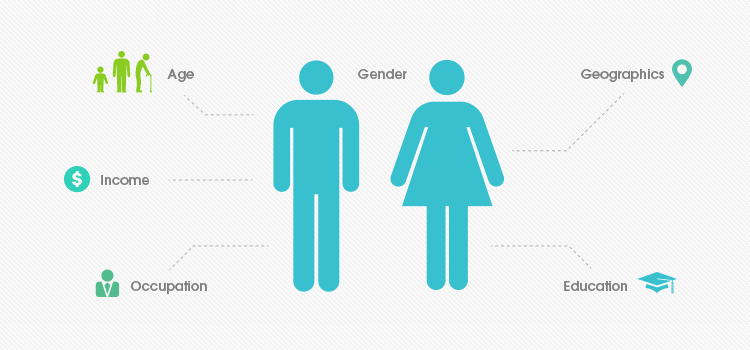
Demographic characteristics of customers
Are your products found on the shelves of big stores or in a niche network? The demographic characteristics of your customers best describe your product’s target market. Characteristics can be age, gender, social class or geographic area.
Going through this information will help you define the advertising concept and its appropriate placement in the market. You certainly wouldn’t want to see a prostate commercial on MTV. 🙂
What can you do specifically?
The analysis of the target audience is an important component of the business plan, regardless of the stage of growth in which the business is. When you analyze your consumers, you basically define your target market and based on this you can decide how to reach them.
According to Forbes, 81% of companies rely on data analytics to improve their ability to understand their target market. If a business does not know its consumers and does not know what they want, then it cannot respond to their needs. What can you do specifically?
- Identify the consumers you are addressing;
- Understand their needs;
- Show them how the product or service you offer will solve their problems.
Identify your target audience
First, identify the consumers you already have. The more detailed information you get about them, the more in-depth insight you will have, allowing you to analyze demographic segments with common traits and interests. After that, identify consumers that your product has not yet reached.
You can find out who your consumers are in many ways, but a mix of research methods will give you an answer that reflects reality. The best approach is to gather as much information as possible, bearing in mind that the details are important.
In addition to demographic data (age, gender, locality), psychographic data can nuance your understanding of consumers, as they tell you what their interests are, what other brands they prefer or what type of publications they read.
By taking them through a questionnaire you will have the opportunity to hear directly from them what they want, but this comes with a dose of subjectivity. You can prevent this with statistics from the sales department and with data generated by CRM (Customer Relationship Management) software.
This is a good time to determine if the user and the buyer are the same person. In a B2B situation, the buyer is the one who pays, but it does not mean that he will also use the product.
On the other hand, in a B2C situation, there are also situations where the buyer does not coincide with the user. A kendama has little chance of being used by the person who bought it.
Segment
In order to have the most accurate analysis possible, it is important to segment the identified consumer groups. The criteria you should consider when doing segmentation are:
- Measurable. The analysis should identify the size of the market segment, which will help you decide what resources to allocate.
- Comprehensive. The market must be large enough to justify segmentation, and each segment large enough to add value.
- Financially supported. It is to be expected that once there are multiple groups you are targeting, additional costs will occur.
- Actionable. Your marketing message should be accessible to every market segment. Groups will respond differently depending on the message addressed.
B2B segmentation
B2B segmentation is different from consumer segmentation in several ways. Business-to-business markets are characterized by a large number of differences from those addressed to end consumers. Below, you will find some of the main differences between B2B and B2C markets, as well as the implications for segmenting such a market.
The decision-making process
B2B markets have a more complex decision-making unit: in most households, even the most complex and expensive purchases are made by a small family unit, and frequent purchases such as food and clothing are made individually.
Apart from the worthless or non-risky objects, in the business sphere things are more complex. Purchasing a piece of equipment can involve engineers, purchasing experts, management, production managers, safety and health inspectors, each with their own set of priorities.
Segmenting a target audience, which is at the same time a complex, oblique, multifaceted process, can be an extremely demanding task. Do we segment the companies where people with decision-making power work or do we segment these people directly? Who exactly is the target audience and who should we target?
Desire vs. Need
B2B buyers are more rational: The view that B2B customers are more rational than consumers is controversial, but very likely true.
Would a consumer who spends 3,000 lei on a leather jacket that doesn’t really keep warm and isn’t as resistant / of the same quality as one from another store that costs 300 lei make such decisions on the spot? for work?
Consumers tend to buy what they want, and B2B customers tend to buy what they need.
B2B needs-based segmentation should be easier than consumer segmentation. In B2B markets it is vital to identify customer needs. Sometimes they can be accurately determined depending on the size of the company, the volume of purchases, the type of jobs.
Products and services tailored to customers
B2B products are more complex: As decision-making is more complex in this segment, so are the products addressed to them. Even complex products like cars are chosen by simple criteria by consumers.
On the other hand, in the B2B area, even simpler products must be integrated into a larger system. This usually leads to the involvement of experts in the buying process. So, products for consumers are standardized, and those for business environments are adapted.
This may lead to the question of whether segmentation is possible in these markets: if each consumer has complex and totally different needs, can we say that we have different segments for each consumer?
In most B2B markets, a small number of key consumers are so important that they rise above segmentation, becoming segments in their own right with a dedicated account manager. Apart from them, there are companies with similar requirements and needs that can be classified in the same segment.
Smaller base of audience analysis
The audience for B2B products and services is smaller than that of end consumers: in B2B, a small number of customers can dominate a company’s sales, but in B2C it takes a much larger number to make a difference (millions ).
This is also due to needs, in B2B markets a company cannot cover the needs of many segments.
Direct relationships and increased loyalty
Relationships are more important in B2B markets: With a small customer base such as B2B, it is much easier to maintain contact than with thousands of consumers. In these markets, sales and technical representatives can directly interact and visit each customer. When it comes to loyalty, unlike B2C, there are B2B customers whose loyalty is measured in years.
There are a number of implications for segmentation related to customer-“seller” relationships: The degree of relationship can vary from one segment to another, but most B2B segments require a level of personal relationship / communication. This may raise the question: everyone wants a personal relationship, but who is willing to pay for it?
The answer comes from the provider who has to decide, based on how much each company is paying, who to give that relationship to.
On a practical level, it is necessary to carry out market research to be able to find out and understand what this personal relationship should include.
For the premium segments, frequent visits (face-to-face) are also recommended, and for “ordinary” customers phone calls or periodic correspondence.
Create the consumer profile
As a result of market segmentation, several types of consumers targeted by the brand or the so-called consumer profileemerge . Consumer profiling is a way of describing a brand’s customers according to different categories so that they can be targeted for marketing and advertising purposes.
Bring together collected data, segmentation and research to develop your consumer personaor profile. When you use persona, you will be able to address people more easily than abstract ideas.
A personais a half-fictional, half-real representation that is made up of a projection of your ideal customer and information collected about existing customers. A personacan be assigned to a market segment, thus making marketing work easier by the fact that in this way you will address people and not numbers.
When building a personayou should consider:
- His training and responsibilities:the position he works in, the career field and the main responsibilities of the job.
- Demographics: age, gender, income, family and place of residence.
- Communication: what communication channels do they prefer?
- Media and influencers: what publications do they read and what influencers do they follow?
- Challenges: what challenges they face at work or in their daily lives and how your product or service can help them.
- Objections: What reasons would they have to reject your product?
- Language: What tone should you use to get your message across?
- Quotes: Add some qualitative information in addition to quantitative ones, like what consumers say, to remind you that you’re dealing with real people, not a data set.
Understand their needs
The analysis will show you what the needs of the different identified groups are. By understanding their needs, your company’s departments can mobilize to address them more effectively.
There are a multitude of methods by which you can find out the needs of your customers. Here’s what you can do:
- The best way is to ask them. An online questionnaire is an effective and inexpensive method. For example, Survey Monkey is a very practical tool in this sense.
- Consider the history of older customers; how many of them have bought a similar product in the past.
- See what questions people have on platforms like Yahoo Answers or TpU.
- For B2B you can look at job postings which give you clues as to the problems they are trying to solve.
- Get involved in professional groups on LinkedIn to see what people care about and learn about their concerns.
Build your target audience through online groups where you can monitor the content they share, discuss topics and answer questions. Thus, you will collect information directly from people interested in your product or service.
Once you’ve completed your research and identified your consumer groups and their needs, you’ll need to make connections and see how well your company meets those needs. This stage should include discussions and brainstorming with internal departments.
Solving a problem that consumers face on a daily basis will be more appreciated than a feature that tries to win eyes and that’s it. Focus on what you can do to make their lives easier and more enjoyable.
It collects the necessary data to build the consumer profile
The information collected that will help you build the consumer profile is indicated to be a mix of quantitative and qualitative order.
Interviewing your existing customer base is a good starting point and provides some of the most valuable information you can get.
These people have already chosen your brand over others.
We present the most common methods used to collect the information needed to build the consumer profile.
Go through them and decide which one or which mix will make the most sense for your strategy.
Interviews and focus groups
What and how you find out: Even if they are not the same thing, both are useful for probing opinions in depth. You can use them to examine problems you detect (part of the respondents think the prices are high) or simply to test a new idea (a promotional campaign for carpets).
Advantages: You can get the answers you are interested in directly from your customers. Such soundings can be recorded, and then you can pay attention to nuances of voice, body language, etc.
Disadvantages: Requires budget, especially for the (financial) motivation of the respondents. It requires time and concentration, possibly even an experienced moderator.
Where: You can apply it in any room where there is silence and you can have an hour-long discussion without interruption.
How: Calmly, with an open mind to criticism, attentive to details, with prepared questions. Respondents must receive a gift at the end.
Questionnaire in store
What and how you find out: A question that should never be abandoned is “How did you find out about us?” The answer to this gives you the size of the impact of the different marketing and communication tools you use.
Then, questions for the socio-demographic profile (age, sex, residence, education, income, etc.) and for the rest of the things that interest you, such as preferences, consumption habits, media consumption, etc. Questionnaires are thought of as a funnel (standing or upside down), otherwise we confuse the respondents.
Advantages: The answers are the most representative you can get, because the respondents are your customers themselves. It’s a quick way to get feedback.
Disadvantages: You cannot ask too many questions (maximum 10-12), the person came to shop, not to poll the opinion. You can’t really generalize the answers received, because the analysis base is small. You can, however, base a larger online questionnaire on them.
How: Printed on a letterhead or directly online, on a tablet, accompanied by the smiling request of the seller and (possibly) a small personalized gift. Contact us if you want to do a consumer profile study of your business.
Online questionnaire
What and how you find out: The question above turns into “Have you heard of us?” and only if the answer is “Yes” do we ask from where. The funnel model applies here as well, with the mention that there can be more questions and you can bifurcate them (If so, please go to question X).
Advantages: You can interpret the results, which you obtained directly in the electronic version, and you can obtain representative answers.
Disadvantages: It takes longer to get all the answers you want (eg 500 respondents). Documentation or advice from someone more experienced is needed to choose the sample and distribution channels for promoting the questionnaire.
Where: You can apply it on free specialized platforms like Google Docs. The platform offers you a simplistic interpretation of the data, but if you master Excel or SPSS, you will be able to extract much more interesting information from the extracted data. Some platforms allow redirection to a certain question, depending on the answer, the questionnaire being structured in several steps. However, these are usually not free.
How: The recommendation for this research method would be not to “throw” it online simply, expecting that x number of people to answer us. This form of survey can be accompanied by an incentive, for example a discount voucher by email.
Sampling
Marketing research means obtaining primary information through survey, from a specific sample. The sample consists of a number of units that are selected from among the population that the research targets. Population can refer to people, consumers of a certain product, economic agents or people from a certain social group.
Sampling is a process that involves: defining the research population, choosing the sampling frame, choosing the sampling method, deciding how to select the sample units, determining the sample size, and conducting the fieldwork.
Marketers choose the most appropriate sampling method based on how easy it is to reach the target audience and on how important the representativeness of the sample is.
Net Promoter Score (NPS)
Net Promoter Score (NPS) is a performance indicator often used with success. It measures the difference between promoters and detractors of a product, service or company.
NPS = % Promoters – % Detractors
In calculating the Net Promoter Score one essential question must be asked: “How likely are you to recommend product/service/company X to a friend or colleague?”“. A scale from 0 to 10 is used to collect the answers and determine the score, where 0 means “not at all likely”, 5 is “neutral”, and 10 means “very likely”.
Promoters(with a score of 9-10) are enthusiastic, loyal consumers who will repurchase and recommend the brand to others. Long-term relationships between a brand and consumers reduce costs. The relationship with the promoters can be improved through constant communication, through offers, follow up, etc.
Passives(with a score of 7-8) are satisfied but not enthusiastic consumers who are vulnerable to competitors’ offers. In order to get a higher score and to avoid increasing the number of detractors, efforts must be made to turn passives into promoters.
Detractors(with a score of 0-6) are unhappy consumers who can harm the brand by spreading (word-of-mouth) negative opinions. In order to decrease the number of detractors, the reasons that led to their dissatisfaction must be investigated and then the right solution must be found to solve them.
Net Promoter Score can have results located between -100 and +100. A higher number means a better score, the number of promoters being higher. If the result is negative, it means that the number of detractors is greater than that of promoters and may be the cause of problems related to the increase of revenues and the company’s position on the market.
Comparing NPS between different regions, industries, representatives or consumer segments leads, most of the time, to the discovery of the causes of these differences and thus to suitable solutions for implementation.
What really matters is how your company ranks against the competition / industry. After calculating the NPS score, it can be determined how your company is perceived in the industry and whether the obtained NPS is a competitive advantage or not. In this regard, it would be best to have access to an NPS benchmark. Contactus for this information.
Even though they are different performance indicators, the Net Promoter Score can be associated with the degree of consumer satisfaction. Although NPS measures the likelihood that users will recommend a product/service/company and the degree of satisfaction refers to the consumer experience, they are related to each other. It is much more likely that a consumer who had a good consumer experience will recommend a product, than another who is not satisfied with it.
NPS is a performance indicator that aims to determine the opinion of consumers about a certain product, company, etc. and establishing the probability that they will recommend them.
Conclusions and recommendations
Although it aims to cover as many problems and related solutions as possible that a business may encounter, this guide is not exhaustive. Instead, it can be a good tool for understanding different types of research and specific methods, no matter what stage your business is at.
Whether you’re still scouting the market to launch your business, or you have a recognized brand and plan to expand it, the guide provides you with results-oriented marketing solutions. Market research is a system of checks and balancesof your business that must be constantly applied to be in touch with the realities of the market and to achieve the best results.
The three parts ( General Market Analysis, Competition Analysisand Target Audience Analysis) follow a focused approach from the outside to the inside, from the macro level to the particular. At the same time, the three parts are basically three steps to go through to get a relevant market study.
While the laws of the market are steadfast, each brand or company has its own particularities, so suggestions need to be selected according to those particularities and applied in the optimal context.
The guide comes to the aid of entrepreneurs who have set out to grow their businesses and need practical advice. Some of the tips can be applied in-house with minimal budgets, while others obviously require specialist expertise.
If you prefer your business to benefit from the experience and professionalism of our specialists, leave us a message here, and we will answer you immediately.
Why use an agency?
The benefits of hiring a consulting firm lie primarily in the experience it has in obtaining information.
The consultants you will work with have the experience of many such studies, which means they will do things you might not think of, in a systematic way.
What do you recommend?
At MKOR, we have the experience of several dozen such research projects, a number that is constantly increasing, thanks to the projects we work on every day. The guide is only a sample of the theoretical knowledge available to our specialists.
In addition to theoretical knowledge, MKOR consultants have accumulated extensive experience during the projects they have developed. For more details, we invite you to explore our research portfolio of studies we have worked on so far and to read our clients’ opinions about us.
Have you read everything? Comment / join our newsletter / read our other research posts!
2024 Professional Guide to Market Research: Learn, Plan, and Succeed in Marketing (part 3/3)
January 29, 2024
0 Comments24 Minutes
2024 Professional Guide to Market Research: Learn, Plan, and Succeed in Marketing (part 2/3)
January 29, 2024
0 Comments40 Minutes
2024 Professional Guide to Market Research: Learn, Plan, and Succeed in Marketing (part 1/3)
January 29, 2024
0 Comments32 Minutes
